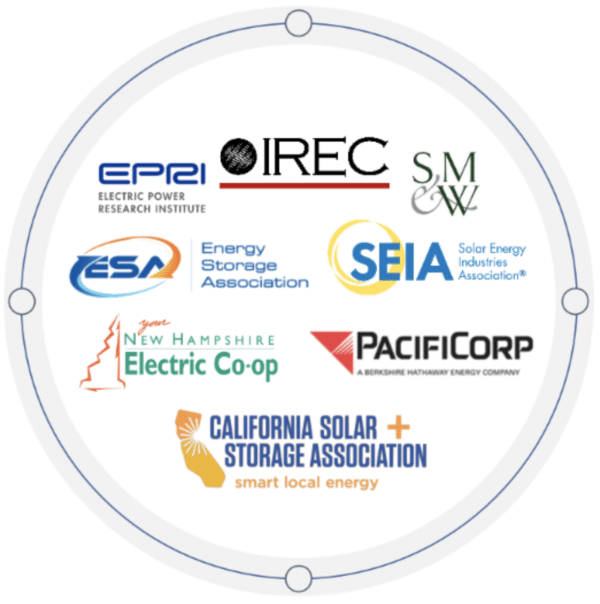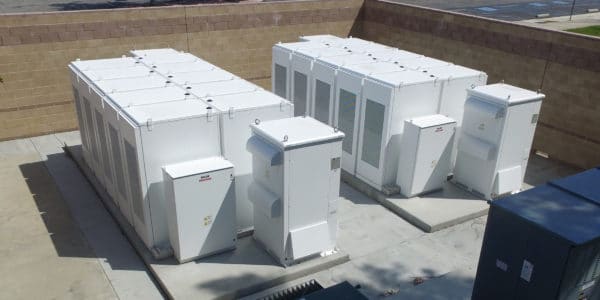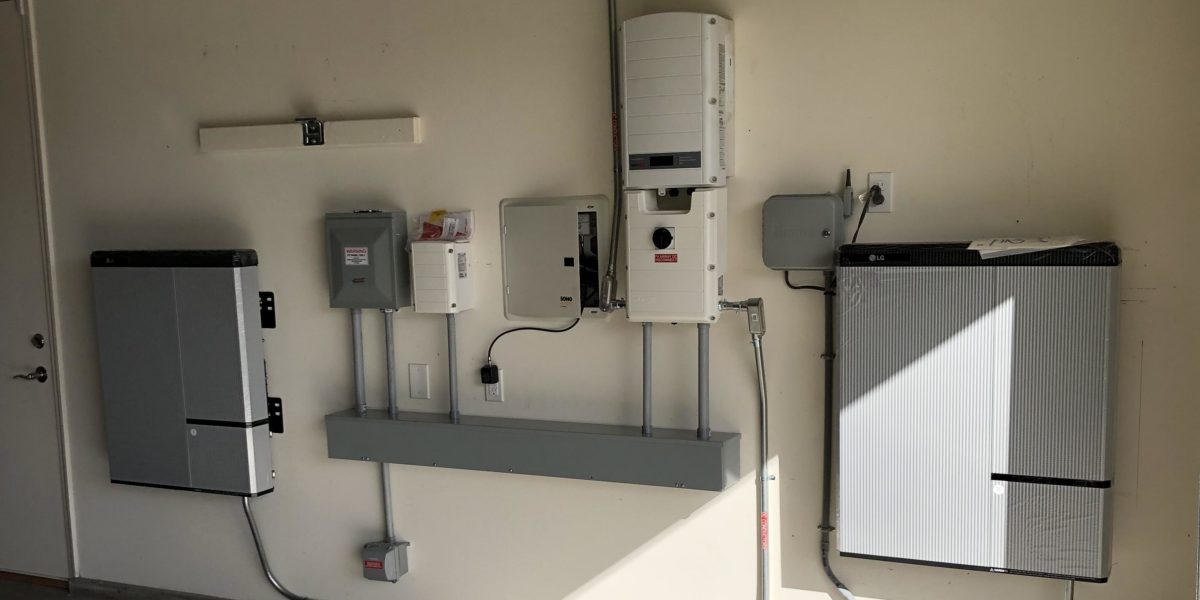Major industry players are backing a three-year project to simplify and speed the interconnection of storage on the distribution grid. Led by the Interstate Renewable Energy Council (IREC), the project team includes the Solar Energy Industries Association, the Energy Storage Association, and the Electric Power Research Institute.
The process of connecting storage to the distribution grid “remains complex and unclear in many states across the U.S.,” says an IREC release. “That creates a lot of uncertainty for developers, which increases costs and may scare [developers] away from certain markets.”
After identifying challenges to be addressed and workable solutions, the project team will develop a “nationally applicable” toolkit of solutions.
The project team will provide education and training “in at least 35 states” by early 2023, and aims for a majority of state regulatory commissions and utility engineers to use the toolkit as a reference “for the adoption and implementation of recommended interconnection practices.”
Motivations
Establishing best practices for interconnecting storage to the distribution grid “is critical to sustaining market growth and enabling significant clean energy deployment,” said IREC CEO Larry Sherwood.
“Interconnection rules and processes were designed before widespread distributed storage was available,” said Jason Burwen, vice president for policy at the Energy Storage Association. Although “storage has unique characteristics compared to other resources, such as the ability for precise control and bidirectional flow,” so far, only six states have updated regulations “to explicitly include energy storage considerations.” FERC Order 841 will bring more distributed storage into markets, he added, while distributed solar deployments increasingly integrate storage.
The Electric Power Research Institute is providing technical assistance to the project “to help evaluate interconnection practices and procedures that can unlock the full potential of energy storage, while also maintaining grid reliability and meeting safety standards,” said Nadav Enbar, program manager at EPRI.
Storage costs will “plummet” with more efficient connection of storage to the distribution grid, said Justin Baca, vice president of markets and research for the Solar Energy Industries Association, “making solar-plus-storage systems more affordable.”
Execution
The project team has already begun meeting to identify storage and solar-plus-storage interconnection challenges to address, said an IREC spokesperson. Later this year, the team will invite other groups to provide their input on the challenges.
The toolkit will emerge as the project team determines which tools will best help states meet the interconnection challenges, and implement solutions. The regulatory tools and guidance in the toolkit may include model language for state rules and tariffs for distributed storage, as well as templates, checklists, and case studies, said an IREC spokesperson.
The $1.6 million project is largely funded by a $1.3 million grant from the Department of Energy’s Solar Energy Technologies Office; project partners will fund the balance. The project name is BATRIES, for “Building a Technically Reliable Interconnection Evolution for Storage.”
In a final note, distributed storage can be sited at homes, as shown in the image above, and at commercial and industrial facilities, as in this Stem installation at a StubHub facility:

This content is protected by copyright and may not be reused. If you want to cooperate with us and would like to reuse some of our content, please contact: editors@pv-magazine.com.








By submitting this form you agree to pv magazine using your data for the purposes of publishing your comment.
Your personal data will only be disclosed or otherwise transmitted to third parties for the purposes of spam filtering or if this is necessary for technical maintenance of the website. Any other transfer to third parties will not take place unless this is justified on the basis of applicable data protection regulations or if pv magazine is legally obliged to do so.
You may revoke this consent at any time with effect for the future, in which case your personal data will be deleted immediately. Otherwise, your data will be deleted if pv magazine has processed your request or the purpose of data storage is fulfilled.
Further information on data privacy can be found in our Data Protection Policy.